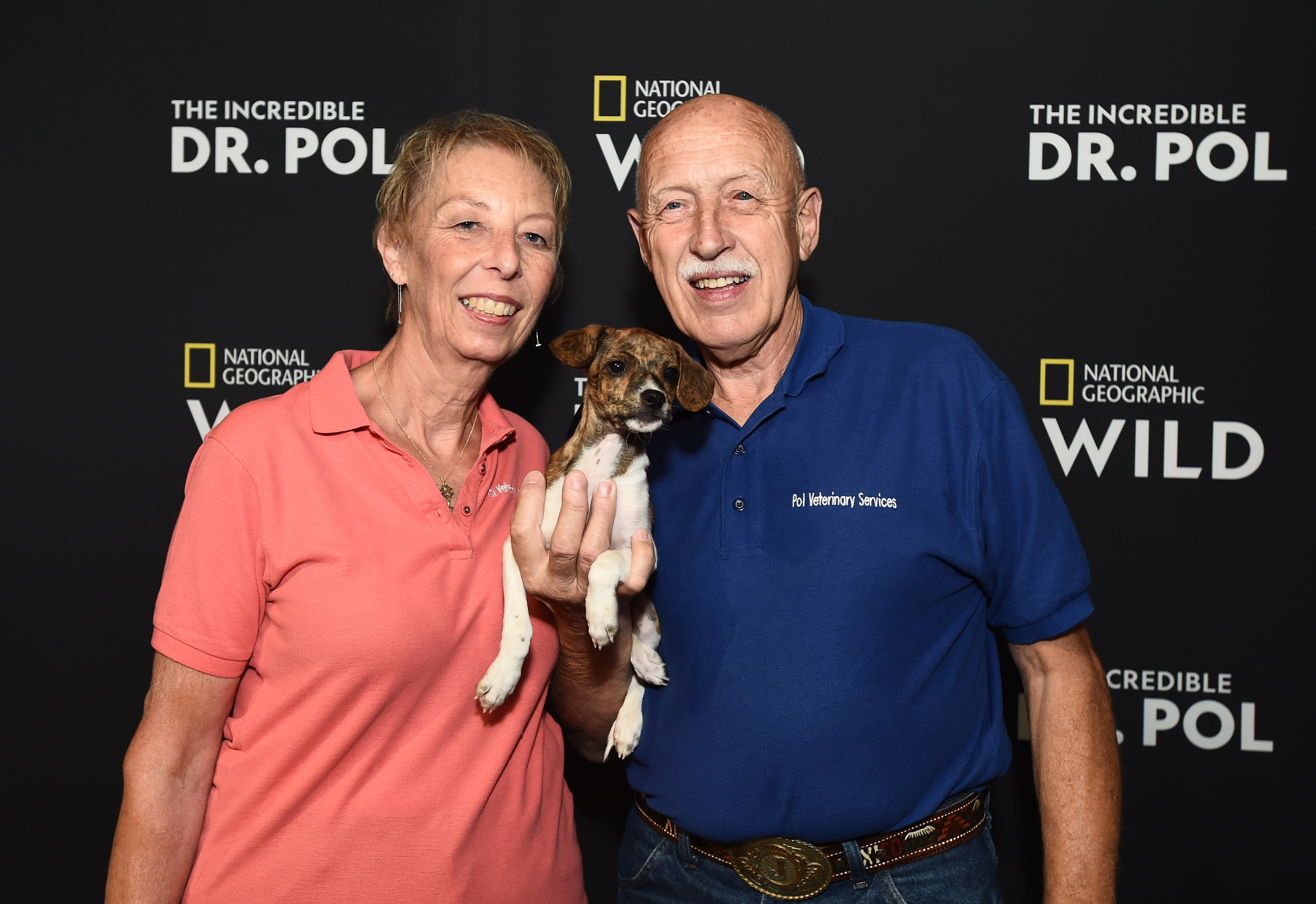‘The Incredible Dr. Pol’ on the Wildest Things He’s Found Inside Dogs and Cats
It may be just another day at the office for Dr. Jan Pol of Nat Geo Wild’s The Incredible Dr. Pol, but when clients bring their pets in with complaints of refusal to eat, he has to investigate.
And investigation usually entails diagnostic testing of some kind. In some cases, surgical exploration is also called for to determine what might be causing the animal to lose its appetite.
Here are some of the most interesting items Dr. Pol revealed he’s found inside furry friends he has seen in his practice.

The doc says sometimes X-rays don’t show what an animal has swallowed
In his memoir Never Turn Your Back on an Angus Cow: My Life As a Country Vet, Dr. Pol revealed that a good share of the clients he sees in his office are household pets that have eaten things they shouldn’t have.
“One problem with X-rays is that not much shows up on them except bones and stones,” Dr. Pol wrote. “Soft materials don’t show up very clearly. Sometimes, though, even when you can’t see anything specific, the X-ray tells you what you need to know.”
The doctor stated that if he sees a pocket of gas in an X-ray but nothing else is showing up, he has to open the animal.
Dr. Pol says dogs will eat almost anything
“When we look at an X-ray, for example, we might see a pocket of gas in front and nothing behind, so obviously there is something there that is plugging the intestinal tract up. In that situation, we’ll put the dog on the table and open it up,” he said. “Often there it is.”
In one instance, he asked an owner after opening his dog up in surgery, “So are you missing a glove?”
The owner was astonished that the dog had eaten of all things, his glove. Happily, in that situation, Dr. Pol removed the glove in one piece, observed the dog for two days, “and then sent him home happy.”
The Michigan-based vet noted that “dogs will eat anything, especially if it has blood on it. Believe me, sometimes even I don’t believe what we find inside an animal: socks, nylons, and we even sometimes treat dogs that have eaten rocks.”
The objects cats are drawn to
Cats, Dr. Pol says, are not drawn to rocks and such as dogs might be. In their case, the Netherlands-born veterinarian noted that he’s seen feline house pets like to “eat stringy things.”
One client brought his kitten in during the Christmas season.
“Uh-oh. I know what’s around the house during Christmas,” Dr. Pol wrote. “I felt the animal’s body, and its intestines were very thick. That meant there was something inside, because if something gets plugged in there, it pulls everything together.”
After opening the kitten up, Dr. Pol found “a piece of tinsel maybe a foot long. It was shiny and looked interesting; why wouldn’t a curious cat eat it?”
In this case, the tinsel hadn’t damaged the cat’s organs, who got sewn up and “bounced right back to normal in a day.”


